6 Avoidable Golf Rules Mistakes
Getting penalised for something you should know or thought you knew isn't great. Here are 6 eminently avoidable golf rules mistakes
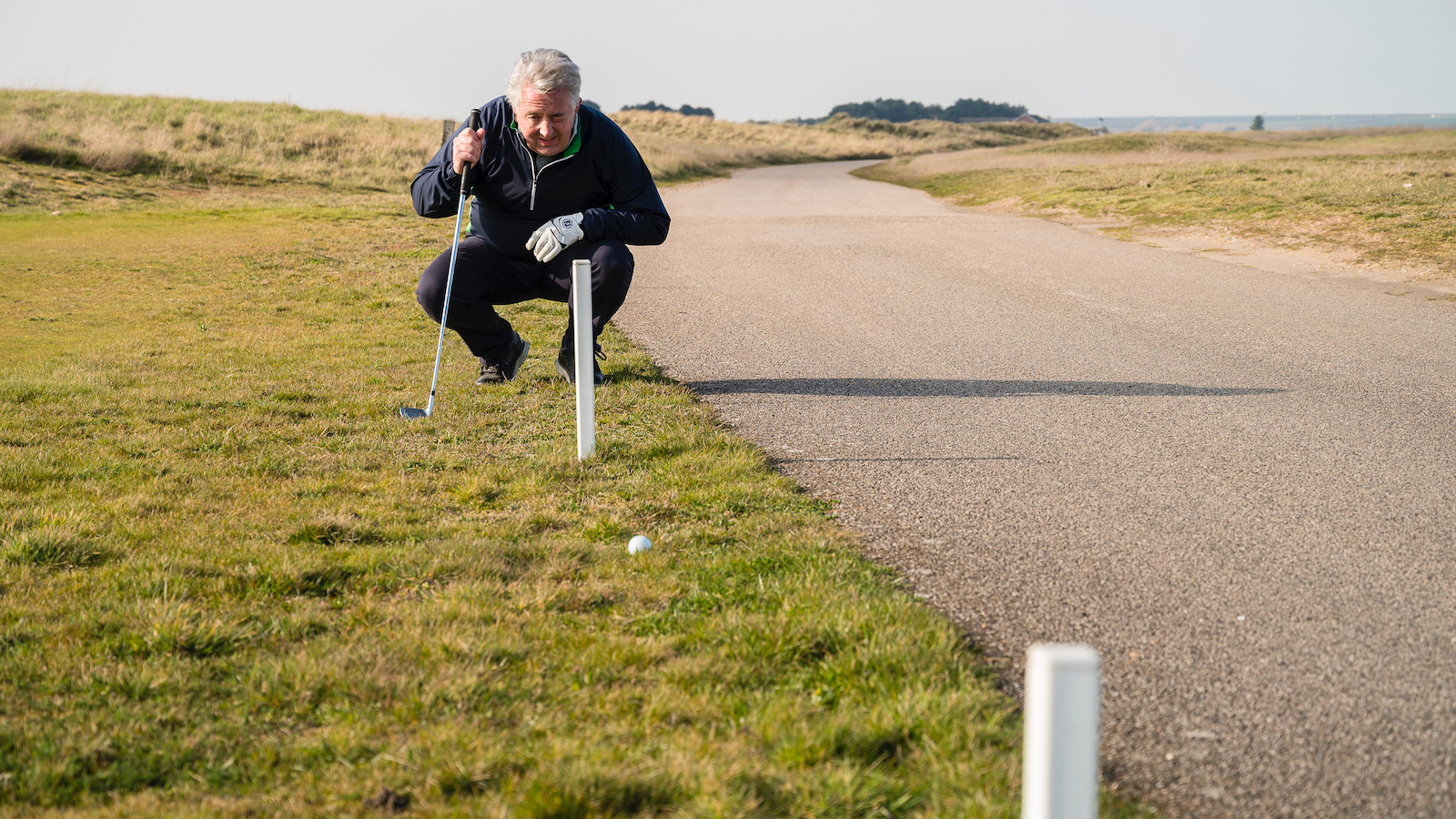

There are still some frequently occurring Rules scenarios that catch golfers out too often, either through not being aware of exactly what a particular Rule says, or mistakenly believing that something is the case when it isn’t… or vice versa!
In this article and the accompanying video, we pick out six such scenarios, which we either see golfers often getting wrong, or know that they do from some of the emails to hit the Golf Monthly Rules query Inbox…
Sprinkler head on line on the fringe
This is not an automatic relief scenario under the Rules of Golf, much as you might like it to be if you wish to putt. You only get free relief if your ball lies on the sprinkler head or it would interfere with your area of intended stance or swing, not simply because it is on your line.

You'll need a Local Rule to get free relief here
However, some courses will have a Local Rule that does allow relief if your ball lies within two club-lengths of a sprinkler head directly on your line that is also within two club-lengths of the putting green. If no such Local Rule exists, there is no free relief, so always check the Local Rules carefully.
Failing to mark ball’s position before lifting it to identify it
If you are unable to identify your ball, perhaps in thick rough, Rule 7.3 does allow you to lift the ball to make a positive identification if you genuinely need to.
From 2019 onwards you no longer have to call someone over to observe you lifting your ball, but you do still have to mark its position first.

Make sure you mark the position of your ball with a tee peg or similar as here before lifting it to identify it
If you fail to mark your ball’s position before lifting it, lift it when not reasonably necessary to do so, or clean it more than is required to identify it, you will incur a penalty stroke under Rule 7.3.
Get the Golf Monthly Newsletter
Subscribe to the Golf Monthly newsletter to stay up to date with all the latest tour news, equipment news, reviews, head-to-heads and buyer’s guides from our team of experienced experts.
Is a ball out of bounds if it’s on the line?
There is undoubtedly some confusion out there as to exactly when a ball is out of bounds (OOB). On the line somewhere doesn’t necessarily mean in bounds – it is the course-side edge of any white line on the ground (or the course-side points of any white stakes) that represent the boundary line.
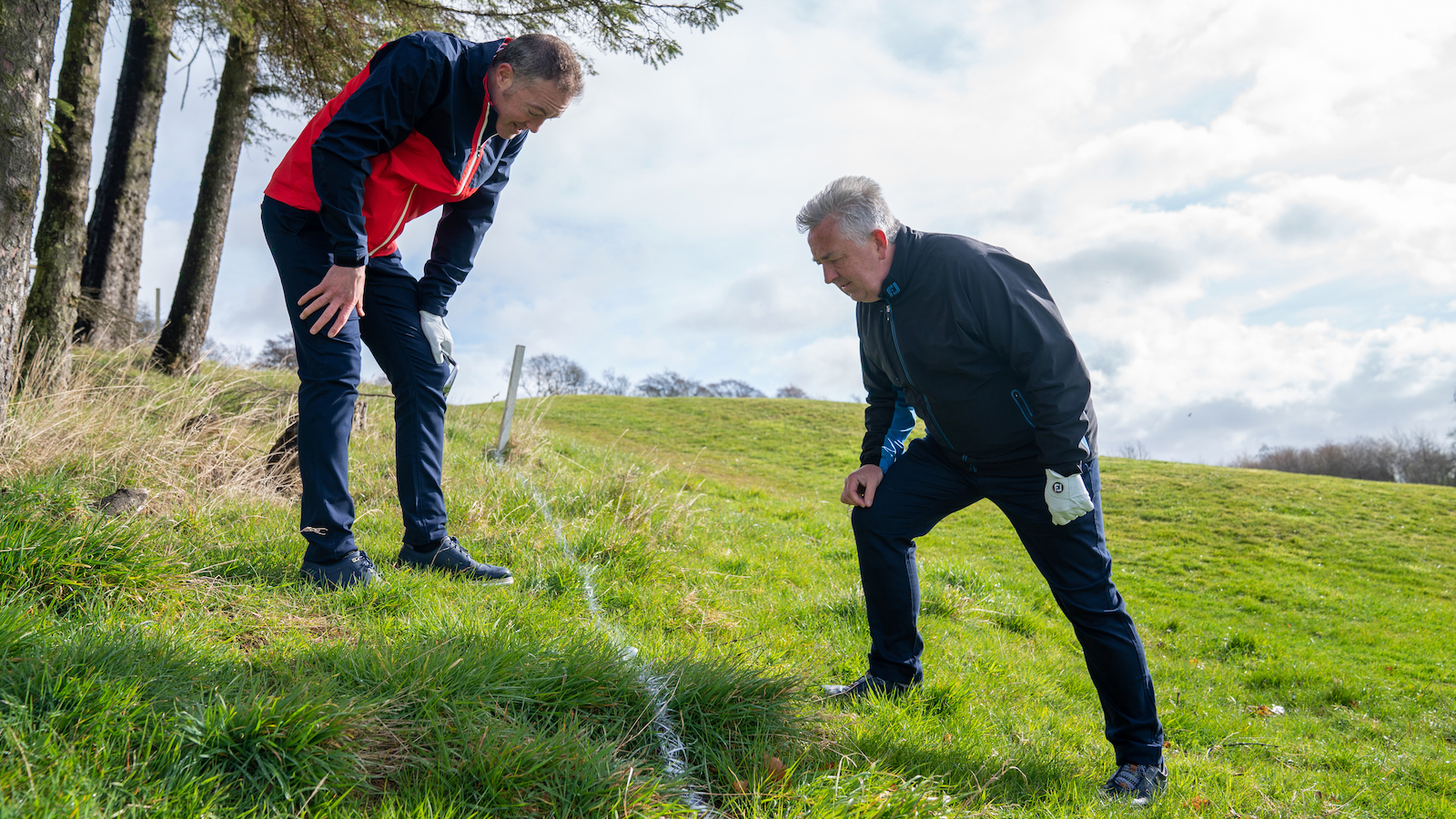
The course-side edge of the out of bounds line is the critical point
If even a small part of the ball overlaps that course-side edge, it is in bounds, even if the majority of the ball lies on the line. But if no part of the ball lies beyond that course-side edge then it is OOB.
So remember, it is the course-side edge that is important when determining whether a ball partly on the line is in or out of bounds.
Don’t be tempted to finish off in matchplay
if your short putt is not conceded in matchplay and your opponent’s ball now lies further from the hole than yours, you can’t simply go ahead and tap it in as you might do in strokeplay. That would constitute playing out of turn under Rule 6.4a as you don’t have the honour at that point.
The good news is that there is no penalty for doing so. The bad news is that your opponent is within his or her rights to cancel the stroke and ask you to replay it in the correct order. Whether or not they do may well depend on whether or not you have holed it!
So, while tapping in would be actively encouraged in strokeplay as part of the ready golf drive, it’s not the same in matchplay where there is more of a psychological dynamic to the order of play (i.e., your short putt will probably become harder if you know you have to hole it).
Failing to replace ball in original spot after you have caused it to move
If you (or your caddie) cause your ball at rest to move, there is still a penalty under Rule 9.4b, whether accidental or not (even if only a few millimetres!).
Yes, there are a few more Exceptions now where there is no penalty, such as if you move your ball when searching for it, or if you move it accidentally on the putting green only, but in all instances, whether there is a penalty or not, you must replace the ball in its original spot before playing on (estimating that spot to the best of your ability if you can’t be 100% sure where it was).
If you fail to replace the ball before playing your next stroke you will get the general penalty for playing from a wrong place – so two strokes in strokeplay or loss of hole in matchplay.
Failing to indicate second ball is a provisional
Rules 18.3 allows you to play a second ball provisionally under stroke and distance if you think your original ball may be lost outside a penalty area or out of bounds.
However, just saying, “I’m going to hit another,” or “I’m going to reload,” isn't enough.

If you decide to play a provisional ball, you must make it clear that you are doing so
Rule 18.3b says you must make it clear that the second ball you are playing is a provisional ball, either by using those words or making it clear that it is a provisional ball that you only wish to use if you don’t find your original.
If you don’t announce that the second ball is a provisional ball, it automatically becomes the ball in play under stroke and distance and you aren’t allowed to continue with the original ball, even if you find it in the middle of the fairway!

Jeremy Ellwood has worked in the golf industry since 1993 and for Golf Monthly since 2002 when he started out as equipment editor. He is now a freelance journalist writing mainly for Golf Monthly. He is an expert on the Rules of Golf having qualified through an R&A course to become a golf referee. He is a senior panelist for Golf Monthly's Top 100 UK & Ireland Course Rankings and has played all of the Top 100 plus 91 of the Next 100, making him well-qualified when it comes to assessing and comparing our premier golf courses. He has now played 1,000 golf courses worldwide in 35 countries, from the humblest of nine-holers in the Scottish Highlands to the very grandest of international golf resorts. He reached the 1,000 mark on his 60th birthday in October 2023 on Vale do Lobo's Ocean course. Put him on a links course anywhere and he will be blissfully content.
Jezz can be contacted via Twitter - @JezzEllwoodGolf
Jeremy is currently playing...
Driver: Ping G425 LST 10.5˚ (draw setting), Mitsubishi Tensei AV Orange 55 S shaft
3 wood: Srixon ZX, EvenFlow Riptide 6.0 S 50g shaft
Hybrid: Ping G425 17˚, Mitsubishi Tensei CK Pro Orange 80 S shaft
Irons 3- to 8-iron: Ping i525, True Temper Dynamic Gold 105 R300 shafts
Irons 9-iron and PW: Honma TWorld TW747Vx, Nippon NS Pro regular shaft
Wedges: Ping Glide 4.0 50˚ and 54˚, 12˚ bounce, True Temper Dynamic Gold 105 R300 shafts
Putter: Kramski HPP 325
Ball: Any premium ball I can find in a charity shop or similar (or out on the course!)
-
 'He Won't Stop Striving For Improvement' - Sports Psychologist Believes Rory McIlroy Has The 'Mindset, Focus And Drive' To Carry On Excellent Start To 2025 Season
'He Won't Stop Striving For Improvement' - Sports Psychologist Believes Rory McIlroy Has The 'Mindset, Focus And Drive' To Carry On Excellent Start To 2025 SeasonWe spoke to experienced Sports Psychologist, Gareth Shaw, about McIlroy's incredible Masters win and how the five-time Major can push on even further in 2025
By Matt Cradock
-
 I Think I've Found My New Favorite Club Of 2025 And It Might Surprise You
I Think I've Found My New Favorite Club Of 2025 And It Might Surprise YouPGA Pro and driver expert Joe Ferguson has been testing out the latest of TaylorMade’s ‘retro’ mini-driver offerings, the R7 Quad Mini, and it didn't disappoint…
By Joe Ferguson
-
 What Is TIO In Golf?
What Is TIO In Golf?You may have heard golf commentators or Rules experts refer to TIOs during TV coverage, but what are they?
By Jeremy Ellwood
-
 Sprinkler Head Rule In Golf Explained
Sprinkler Head Rule In Golf ExplainedWant to know what the sprinkler head rule in golf is and when and how you can take relief? Read on...
By Jeremy Ellwood
-
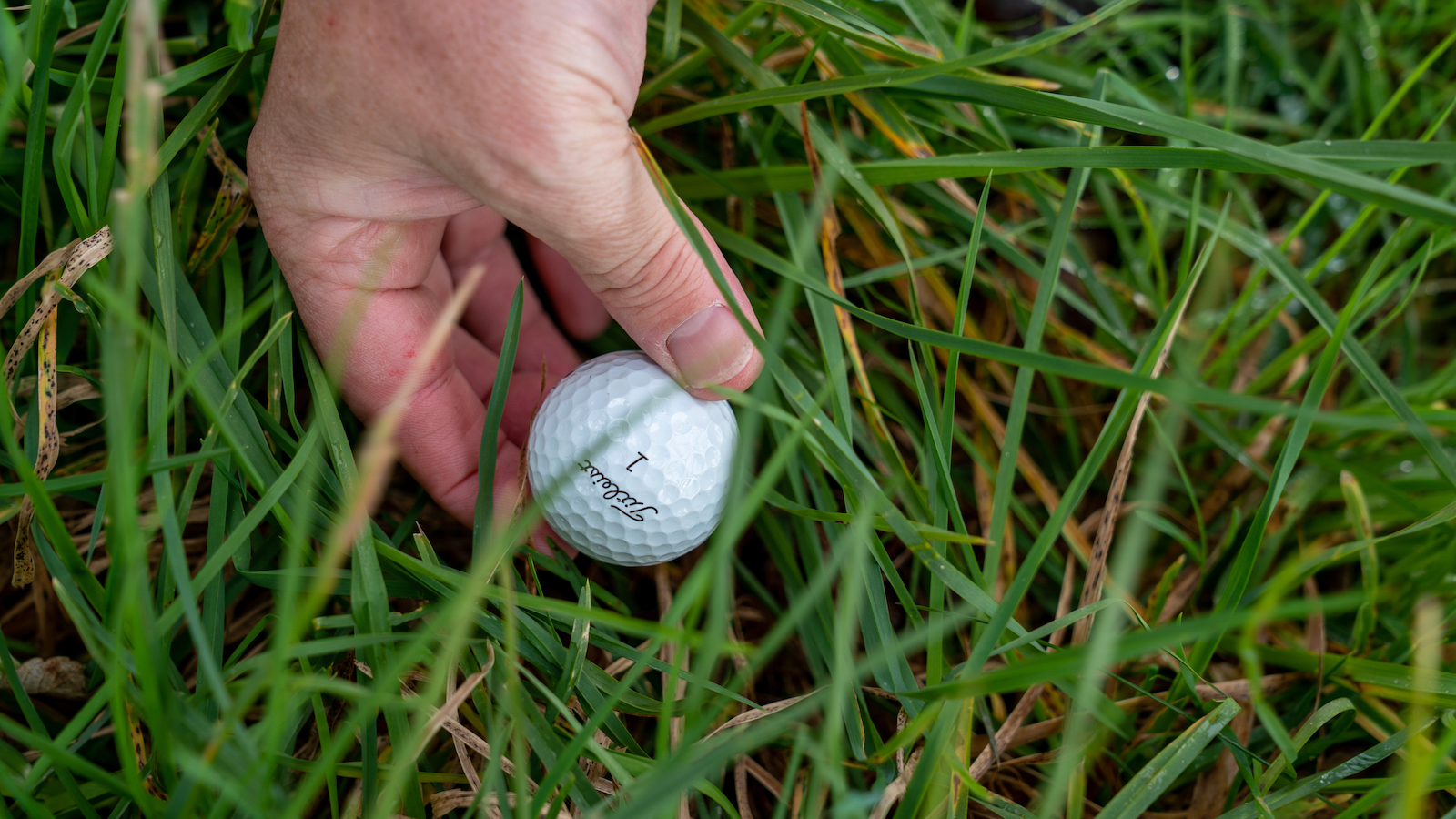 Doh! Picked Up Your Ball By Accident? Here's What You Need To Do
Doh! Picked Up Your Ball By Accident? Here's What You Need To DoYou've just made a mental error and picked up your ball by accident... what happens next and are you penalised?
By Jeremy Ellwood
-
 7 Etiquette Mistakes New Golfers Should Try To Avoid!
7 Etiquette Mistakes New Golfers Should Try To Avoid!We all want more people playing golf so here are just a few pointers for newer golfers to look out for in their early days
By Jeremy Ellwood
-
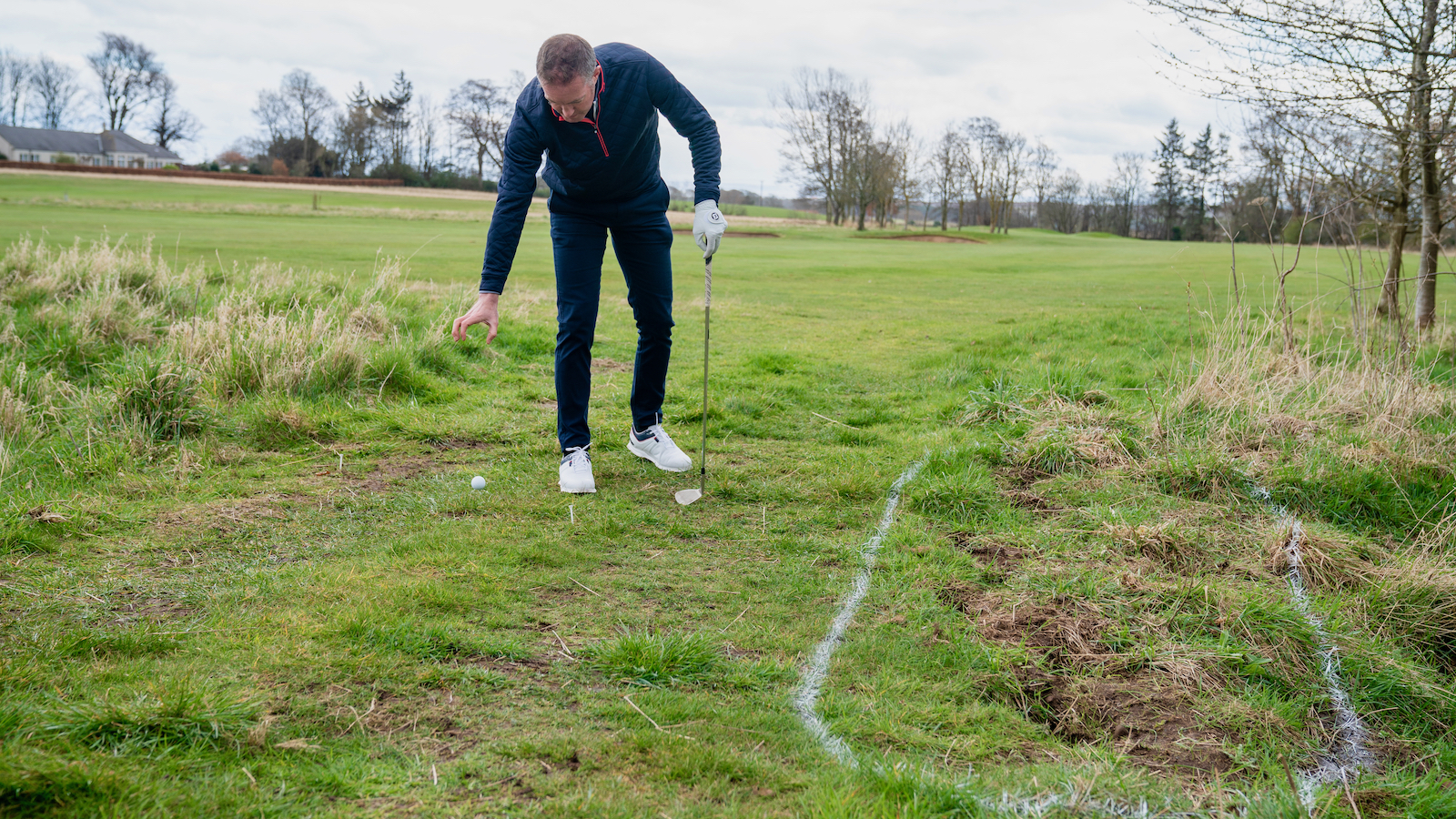 NPZ And GUR... Two Rules Abbreviations Every Golfer Needs To Know!
NPZ And GUR... Two Rules Abbreviations Every Golfer Needs To Know!Do you know your NPZ from your GUR? We unpack the differences between No Play Zones and Ground Under Repair
By Jeremy Ellwood
-
 Can You Ground Your Club In A Penalty Area?
Can You Ground Your Club In A Penalty Area?The Rules have changed a lot in recent years and the answer to, 'Can you ground your club in a penalty area?' is now different...
By Jeremy Ellwood
-
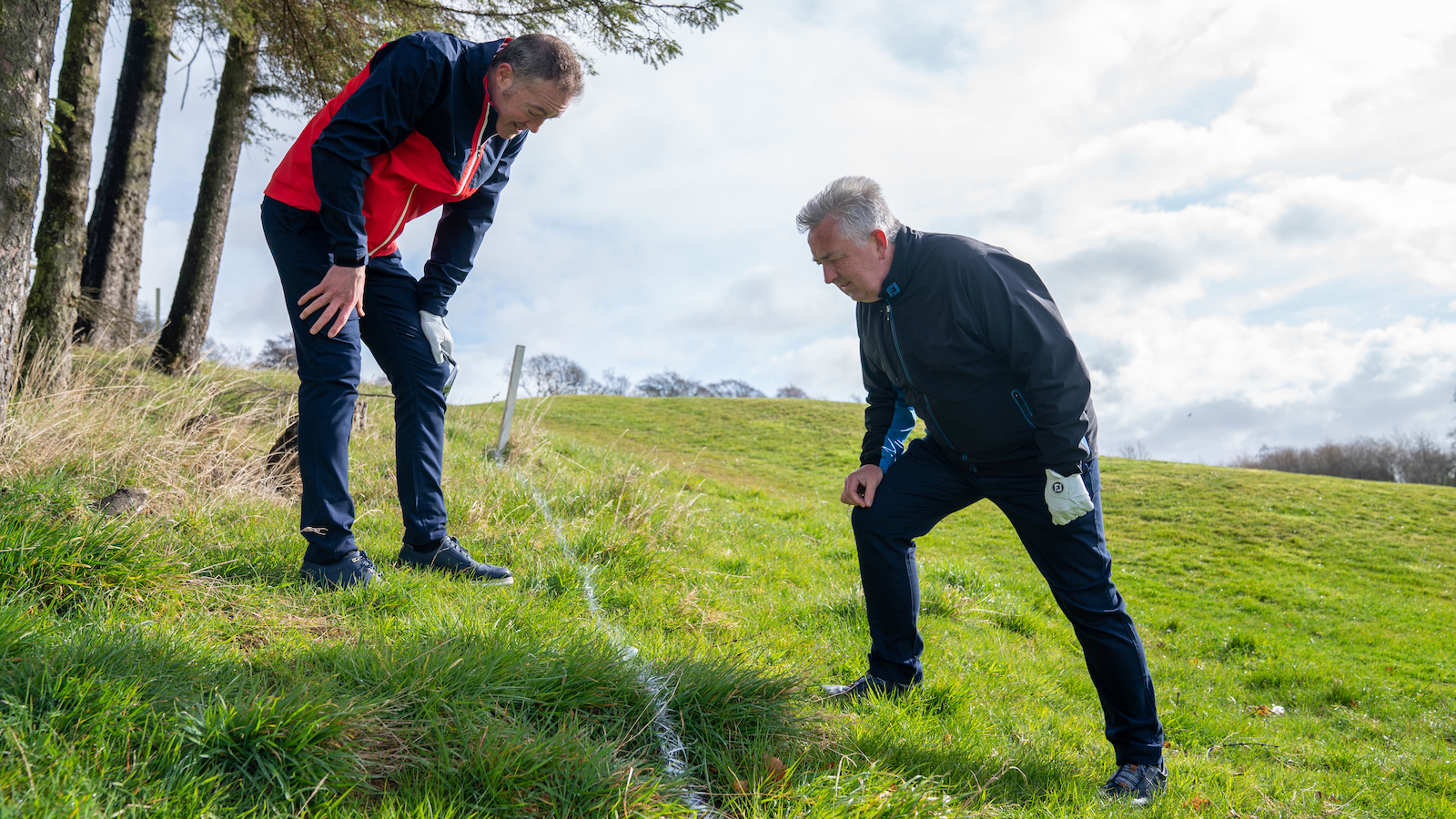 What Is Internal Out Of Bounds?
What Is Internal Out Of Bounds?What is internal out of bounds? Golfers know there is almost always out of bounds around the perimeter of a course but what about inside the course...
By Jeremy Ellwood
-
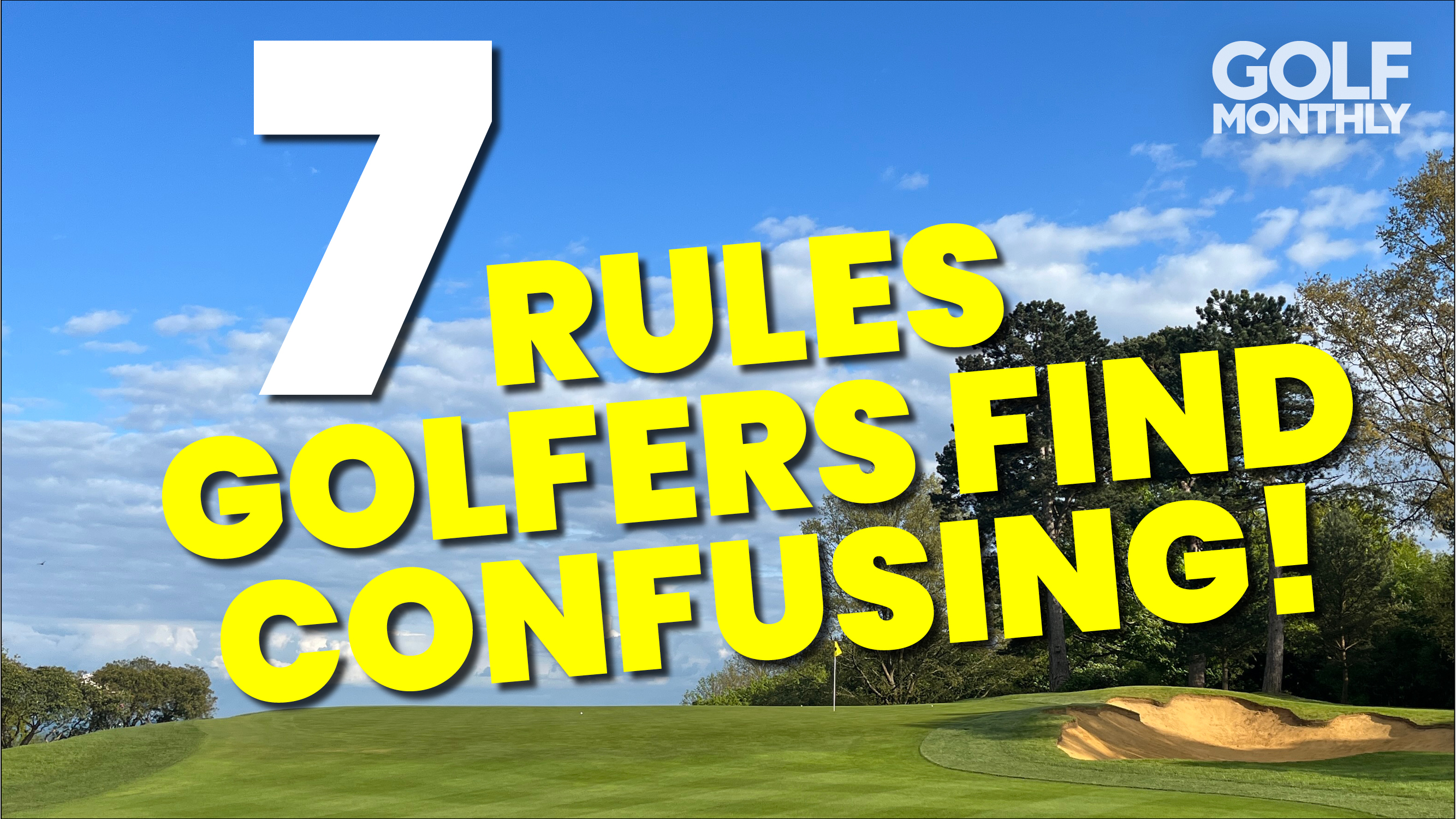 7 Rules (Even Experienced) Golfers Find Confusing!
7 Rules (Even Experienced) Golfers Find Confusing!The Rules of Golf may have been simplified in 2019, but there are certain Rules that some golfers still find confusing...
By Jeremy Ellwood